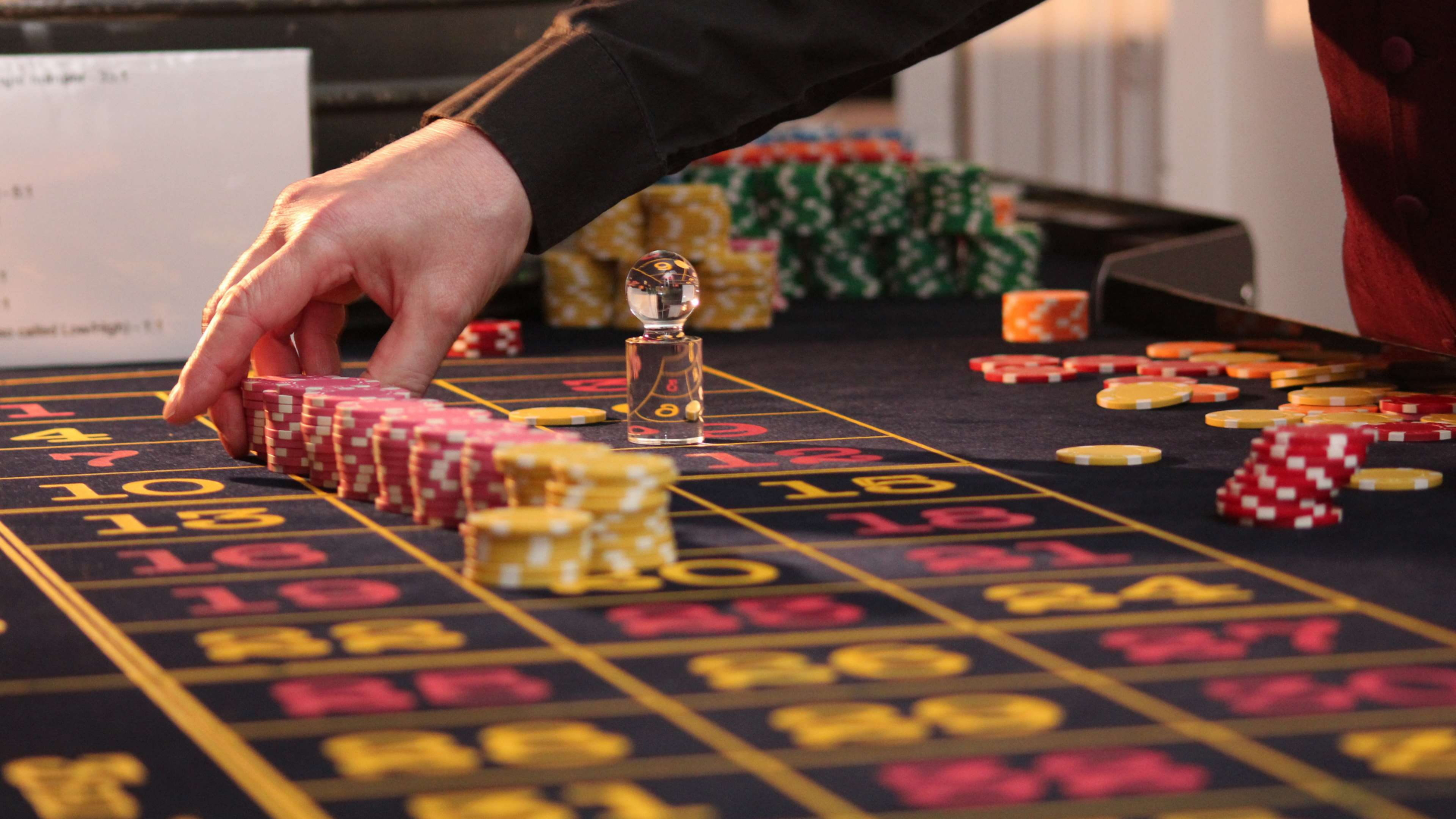Gambling has fascinated people for centuries. The thrill of winning, combined with the anticipation of risk, creates an alluring prospect for many individuals. Casinos and gambling dens rely on this attraction to chance and turn a tidy profit from those seeking fortune through games of probability. Aware of the mathematical edge that casinos retain, gamblers have long sought out strategies to tip the odds in their favor. One such technique is the martingale betting system, which has origins dating back to 18th century France. But is this high-risk, high-reward approach an advisable wager? An objective look at the merits and limitations of the martingale strategy provides useful insights.
The Basic Premise of Martingale Betting
The core concept of martingale is straightforward: double the next bet after each loss in an effort to recoup previous losses and eventually earn a profit. For instance, if the initial bet is $10 and it loses, the next wager becomes $20. If that also loses, the following bet jumps to $40, and so on until a win occurs. The first win then recoups all previous losses and provides profit equal to the original stake.
On paper, this scheme seems like a tantalizing proposition. Losing streaks eventually end, the logic goes, so having sufficient funds to double bets indefinitely will result in an eventual profit. However, in practice, the martingale system runs into major obstacles.
Table 1: Example Martingale Progression
| Bet | Result | Balance |
|---|---|---|
| $10 | Loss | -$10 |
| $20 | Loss | -$30 |
| $40 | Loss | -$70 |
| $80 | Win | +$10 |
The Risk of Ruin
Perhaps the most glaring issue with martingale betting is the risk of ruin – that is, losing all funds before a win can recoup the escalating losses. Consider a simple coin toss, with a 50% probability of heads or tails on each flip. Common sense suggests that multiple heads or tails in a row is likely over a long enough timeline.
Suppose a gambler starts with a bankroll of $1,000 and sets a loss limit of $1,200. It would take just 6 successive losses in a row at an initial $10 bet to bust the $1,200 loss limit. This risk of ruin makes martingale very precarious in practice.
Accessing an unlimited bankroll is not realistic, and gamblers need to be prepared for extended losing streaks that can rapidly destroy a finite gambling bankroll. Even low house edges give casinos a mathematical advantage over time, and increasing bet sizes just reshuffles the sequence of wins and losses rather than changing the odds. Chasing losses aggressively via martingale is a recipe for disaster for most real-world gamblers.
The Logistical Challenges
If the risk of ruin was not sufficiently daunting, casino betting limits and minimums create additional barriers. Minimum betting limits cap the amount that a bet can be raised on successive doubles, interrupting the core premise of martingale wagering.
Maximum limits also constrain the ability to double down until a win. Even on table games without limits, there are logistical constraints, with players needing to transport and wager large sums to facilitate the exponential bet increases of a long losing streak.
Most gamblers face practical limitations on fund availability and casino constraints that limit implementing an ideal martingale strategy.
Does Martingale Work for Small Bankrolls?
Intuitively, many novice gamblers look to mitigate risk of ruin by starting with small initial bankrolls and placing small wagers. However, the martingale math collapsing quickly at higher multipliers makes this even more precarious.
Consider a gambler with a $500 bankroll who starts with just a $1 bet. After just 10 successive losses, the next double bet would need to be $512 to stay within the $500 bankroll limit. At this point, the range of possible outcomes narrows drastically, with the gambler heavily favored to go bust before a favorable streak can ever materialize.
Turning a profit via martingale requires surviving these volatile middle stages of escalating bet sizes. With modest bankrolls, this volatility zone arrives quickly, requiring incredible good fortune to emerge favorably.
Martingale’s Alternatives
Below, we explore alternative gambling strategies that players might use to manage their risks:
- Fibonacci Betting System. Utilizes the Fibonacci sequence where each bet is the sum of the two previous bets. After a loss, the player increases their bet according to the sequence; a win entails reducing the bet by moving two steps back in the sequence. This strategy allows for a slower progression of bet increments, reducing the risk of rapid, substantial losses.
- Anti-Martingale System (Paroli). The opposite of the Martingale system; players double their bet after each win, rather than after each loss. This strategy aims to capitalize on winning streaks while minimizing losses during losing streaks. It is simpler to use and understand compared to more complex systems, offering a more enjoyable experience for casual gamblers.
- D’Alembert System. In this strategy, players increase their bet by one unit after a loss and decrease it by one unit after a win. It is based on the equilibrium theory, assuming that over time, the number of wins and losses will balance out. This strategy is less risky compared to the Martingale system but can still lead to losses in the long run.
- Labouchère System. Also known as the cancellation system, it involves a player setting a goal of how much they wish to win, breaking down that amount into a series of smaller numbers, and then betting the sum of the first and last numbers in the sequence. It is a more complex strategy that requires careful planning and a clear goal, offering a structured approach to gambling.
Thus, the Martingale betting strategy involves doubling down after losses in an attempt to recoup previous losses. While conceptually simple, in practice it is an extremely high-risk strategy due to the threat of ruin from successive losses. The exponential bet increases required are limited in real-world scenarios by maximum betting limits and bankroll availability. Though alluring, martingale is reckless for most gamblers, who are better served by maintaining discipline with bets and leveraging alternative strategies or promotions that offer more reasonable risk-reward profiles. Ultimately, responsible gambling involves accepting losses rather than aggressively chasing wins.






